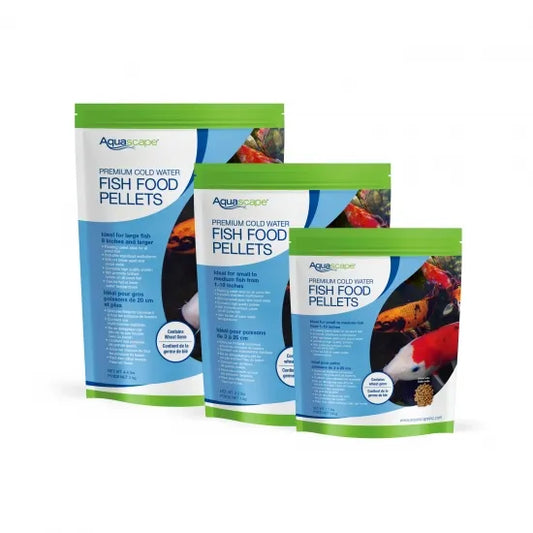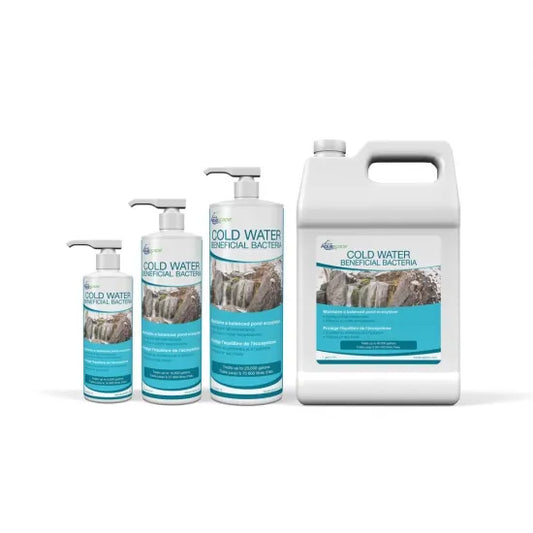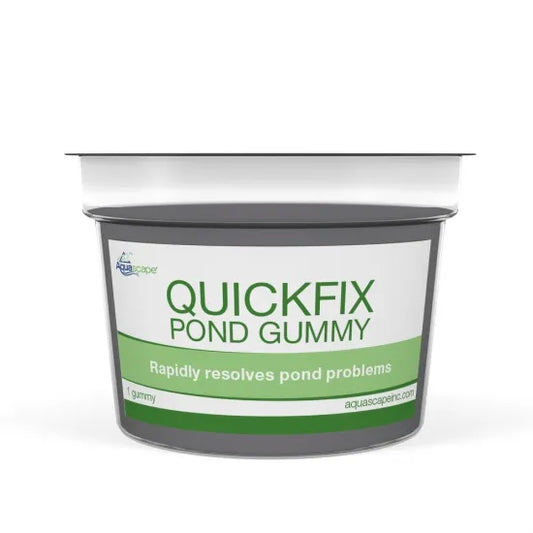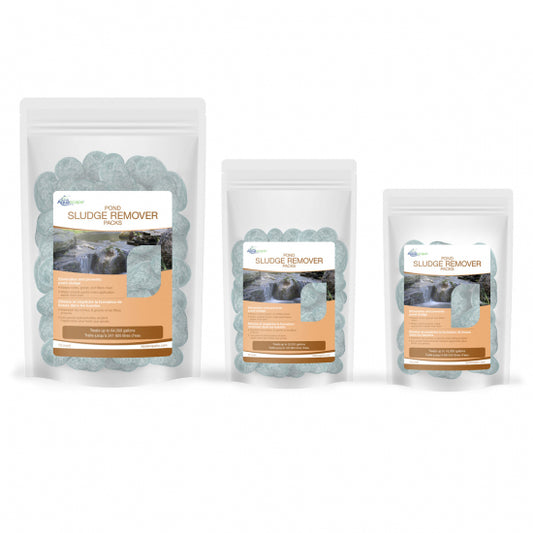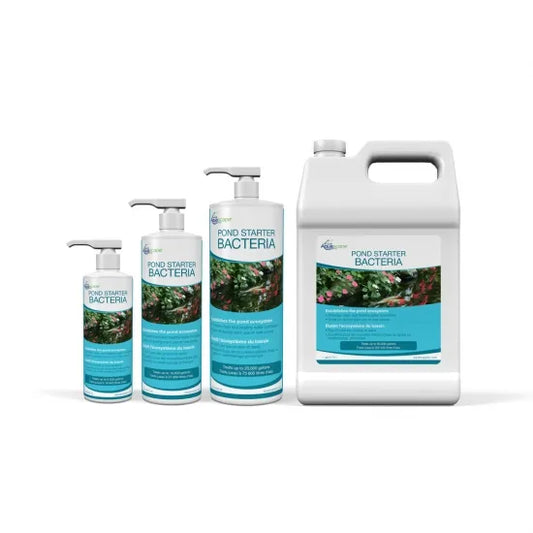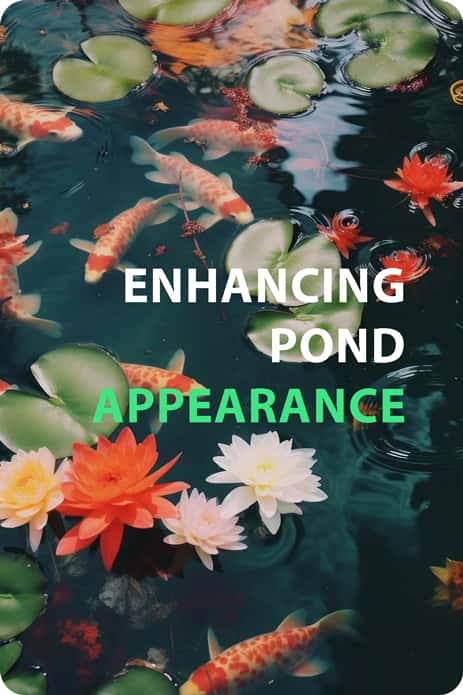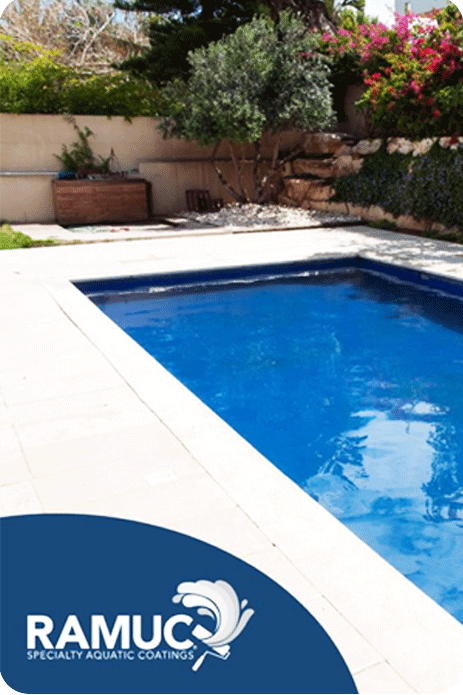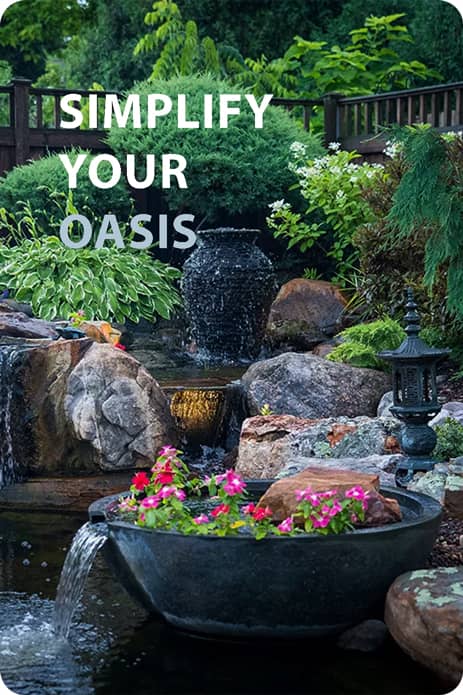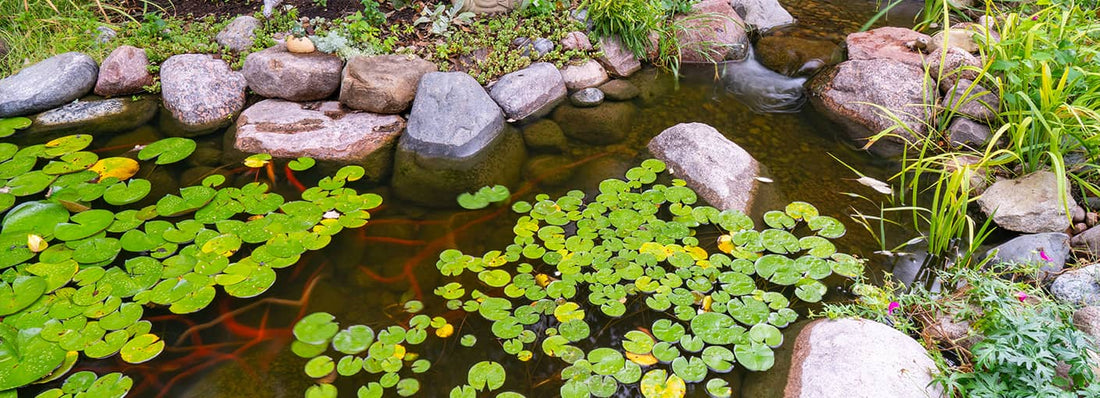
Spring Pond Start-Up Guide: How to Open Your Pond After Winter
Spring is the perfect time to kickstart your pond and get it ready for the vibrant season ahead. Follow these steps to ensure a successful spring start-up for your pond:
7 Essential Steps for a Successful Spring Pond Start-Up
Before diving into the steps, make sure you have your equipment ready and set aside some time for thorough pond maintenance. These steps will guide you through the entire process.
Step 1. Remove and store your De-Icer
As the warmer weather approaches, it's time to remove your De-Icer (water heater), which was essential during the winter months to prevent the pond from completely freezing over. Proper storage and maintenance of this equipment can ensure its longevity and effectiveness for the next winter season.
- Clean Thoroughly: Before storing, clean the de-icer thoroughly to remove any accumulated debris, algae, or mineral deposits. Use a non-abrasive cloth and a mild cleaning solution to avoid damaging the device.
- Inspect for Damage: Check the de-icer for any signs of wear or damage. Look for cracks, frayed wires, or any other issues that might need repair. Address these problems now to avoid surprises when winter returns.
- Storage Location: Store the de-icer in a dry, cool place away from direct sunlight. Ensure it’s kept in a location where it won’t be subjected to moisture or extreme temperatures that could cause damage.
- Proper Packing: If possible, store the de-icer in its original packaging. If you don’t have the original box, use a sturdy container that will protect it from dust and potential impacts.
- Maintenance Tips: Consider adding a reminder to your calendar to inspect the de-icer mid-summer. This way, if any repairs or replacements are needed, you have ample time before the next cold season.
Step 2. Reposition aeration diffusers
Move your aeration diffusers (bubblers) back to deep areas of the pond. For the winter the aeration diffusers should be placed in a shallow area of the pond to not disturb the hibernating fish.
Step 3. Clean out debris
Clean out the debris that accumulated over the wintertime from the pond, the skimmer, and the spillway. To remove the debris from the pond, we recommend using an Aquascape Skimmer Net. It has a fine mesh allowing for getting out even fine debris. Simply stick the net into the water, swirl it around to stir up the debris, and start removing it until the pond is relatively clean.

Step 4. Top up pond water safely
Add water if needed. Don’t forget to use the Aquascape Detoxifier every time you add new water to the pond. The detoxifier makes the water safe for plants and fish by removing chlorine, chloramine, and ammonia from the water, and detoxifying heavy metals.
Step 5. Restart your pump and circulation system
With the arrival of spring, it’s time to restart your pond’s circulation system by plugging in the pump. This step is crucial for maintaining water quality and ensuring a healthy environment for your pond's ecosystem.
- Pre-Start Inspection: Before plugging in the pump, inspect it for any visible damage or wear. Ensure that the intake and outflow areas are free from debris. If the pump has been stored for a long time, it might need a quick cleaning or a check for any blockages.
- Pump Placement: Position the pump correctly in the pond. Typically, the pump should be placed at a depth that ensures optimal water movement but prevents it from drawing in debris from the bottom. A pump placed on a raised platform or submerged at mid-depth often works best.
- Electrical Safety: Make sure all electrical connections are dry and secure. Use a GFCI (Ground Fault Circuit Interrupter) outlet to plug in the pump to protect against electrical hazards. Ensure the power cord is in good condition and not prone to being submerged or exposed to potential damage.
- Check Filtration System: If your pond has a filtration system connected to the pump, make sure it's clean and functioning properly. Replace or clean filter media as needed to ensure efficient filtration.
- Observe the Pond: After the pump has been running for a few hours, observe the pond’s water clarity and quality. Adequate circulation helps to oxygenate the water and distribute nutrients, which is beneficial for fish and plants.
Step 6. Begin beneficial bacteria treatments
When the pond is up and running, you can start adding water treatments. Start your weekly beneficial bacteria treatments with Aquascape Cold Water Beneficial Bacteria. When the temperature of the pond water reaches 10 degrees Celsius (50 degrees Fahrenheit), switch to regular Aquascape Beneficial Bacteria. The beneficial bacteria help to provide clean, clear, and healthy water conditions and effectively reduce ammonia, nitrite, and waste in the pond.
Step 7. Treat sludge and algae if needed
If you have a lot of sludge and debris accumulated at the bottom of the pond, you can use Aquascape Pond Sludge Remover Packs. These water-soluble packs are packed full of beneficial bacteria that effectively target sludge buildup caused by fish waste, plant matter, and other decaying material. To treat overgrown algae, you can use Aquascape SAB Stream & Pond Clean. It has a powerful combination of strong, natural cleaners that helps to break down organic debris and maintain a biological balance in your feature while the phosphate binder prevents water quality issues.
By following these steps, you can ensure that your pond's transition from winter to spring is smooth and that your aquatic environment remains healthy and vibrant.
5 Common Mistakes to Avoid in Spring Pond Start-Up
- Skipping debris removal: Leaving leaves and sludge in the pond fuels algae growth and harms fish health.
- Starting pumps too early: Running pumps before water has warmed up can stress fish and beneficial bacteria.
- Adding fish food too soon: Feeding before consistent 10°C (50°F) water temperature can cause digestive issues for fish.
- Ignoring water treatments: Not using detoxifiers or beneficial bacteria allows harmful conditions to build up.
- Neglecting equipment checks: Failing to inspect de-icers, pumps, or filters often leads to mid-season breakdowns.
